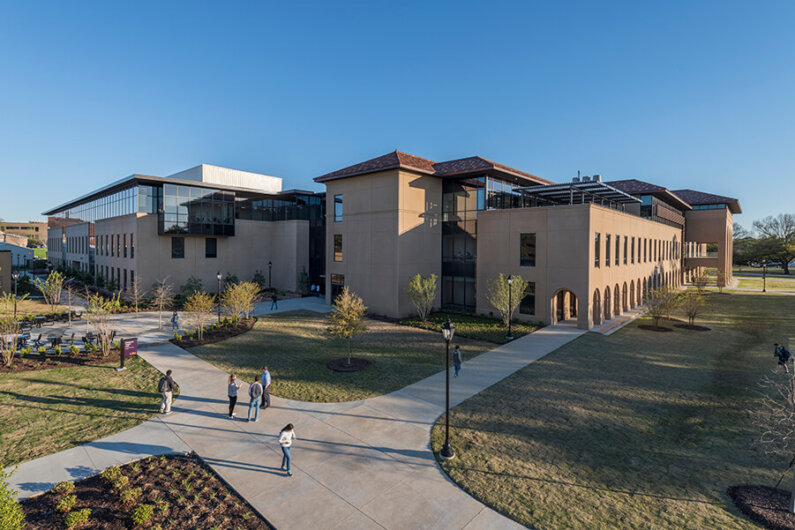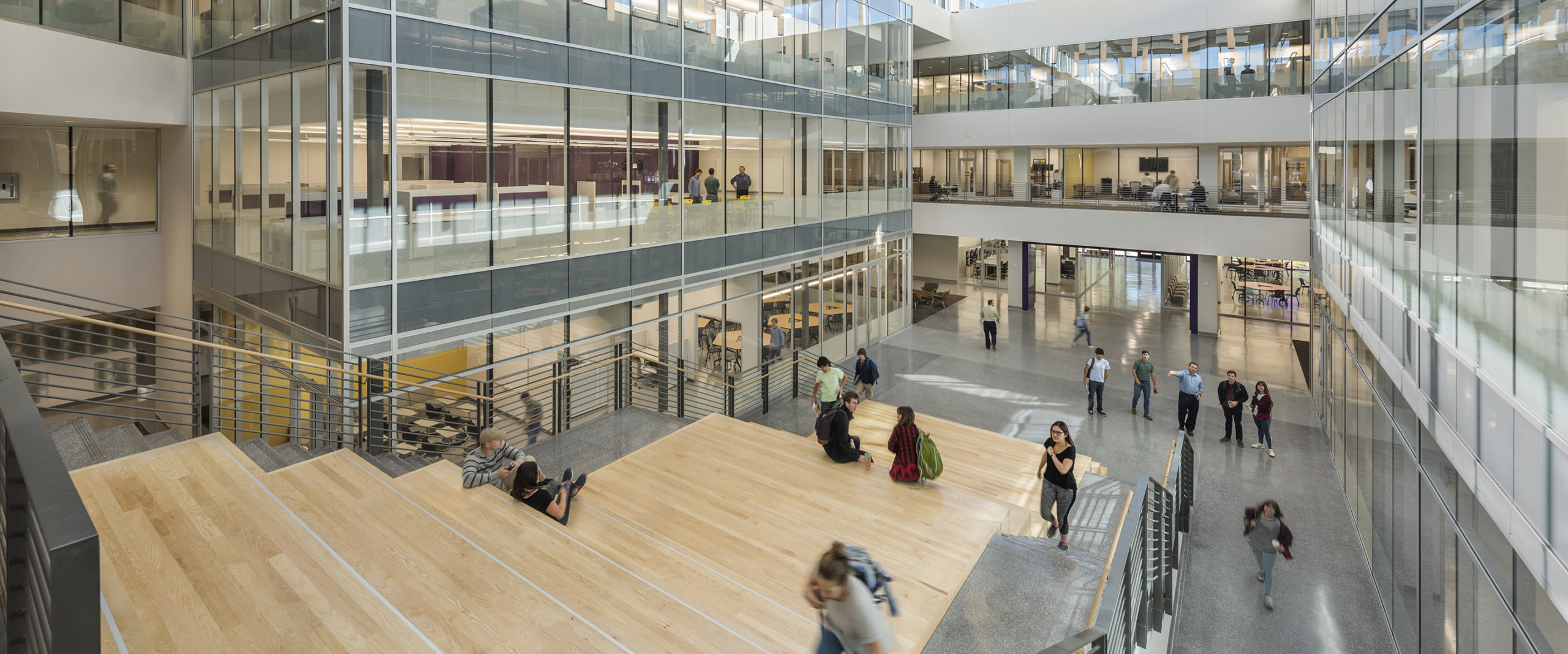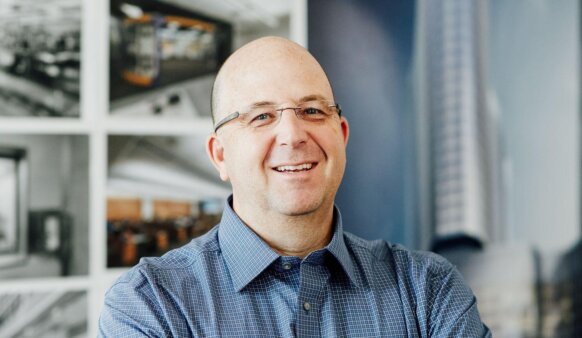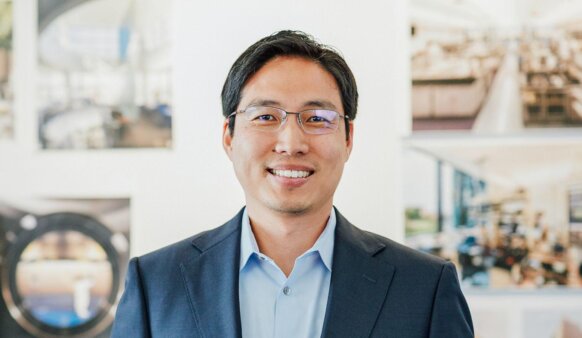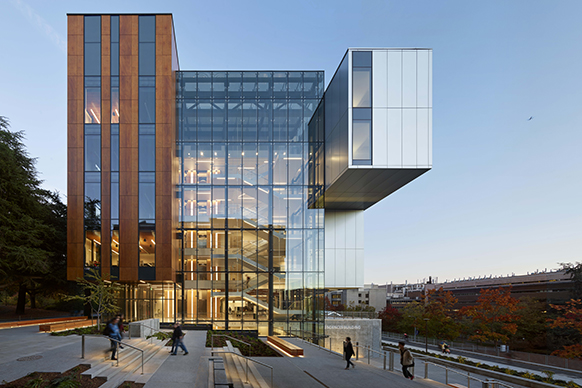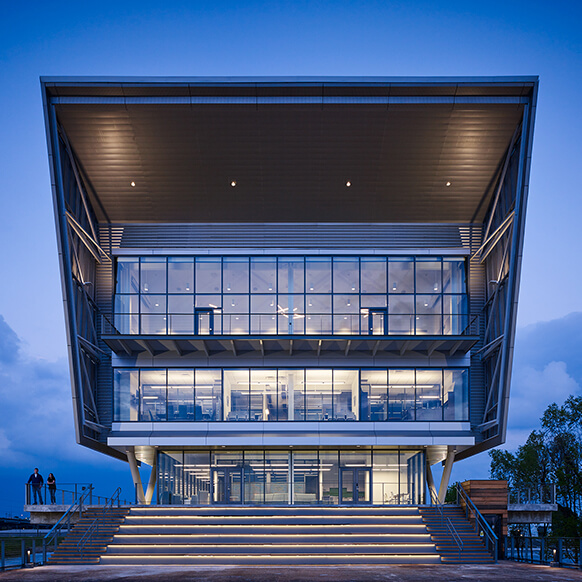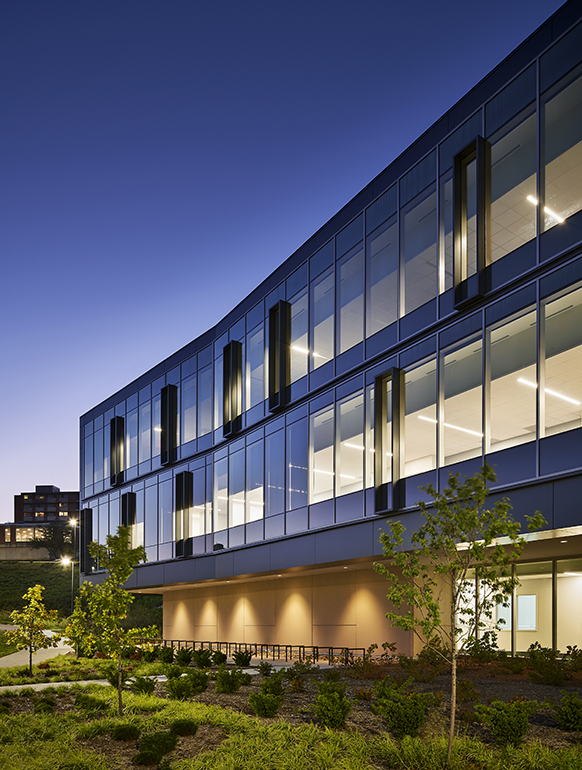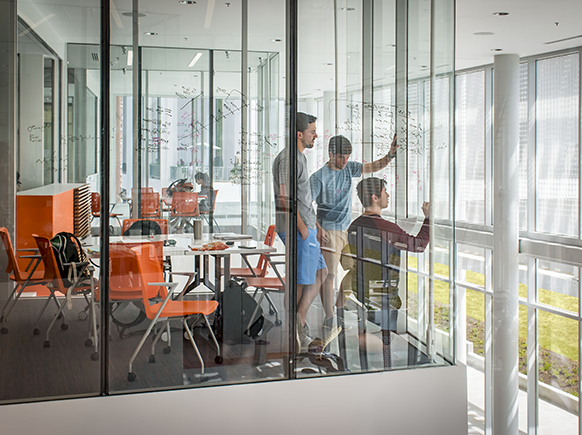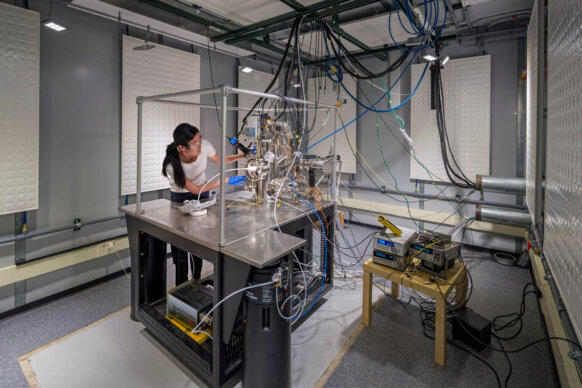
Louisiana State University Patrick F. Taylor Hall
Providing a multi-faceted, synergistic program, LSU’s College of Engineering needed a larger, more welcoming, and unified space to encourage collaborative learning and active student engagement. The University’s aspirations included improvement in their national rankings and the ability to serve a rapidly expanding enrollment population. The 115-million-dollar construction project encompassed over 300,000 square feet of renovation and 175,000 square feet of additions that resulted in a completely rethought space that allows students from various engineering disciplines to come together under one roof.
Patrick Taylor Hall is thoughtfully designed with three large public spaces, compelling student interaction zones, and a recognized “engineering on display” tour route throughout. Organized around major axis’s and a grid system, the building receives lots of natural light and is easily navigated by industry partners, faculty, and both current and prospective students. The complex is home to both undergrad and graduate students and it truly celebrates the accomplishments associated with the various engineering disciplines.
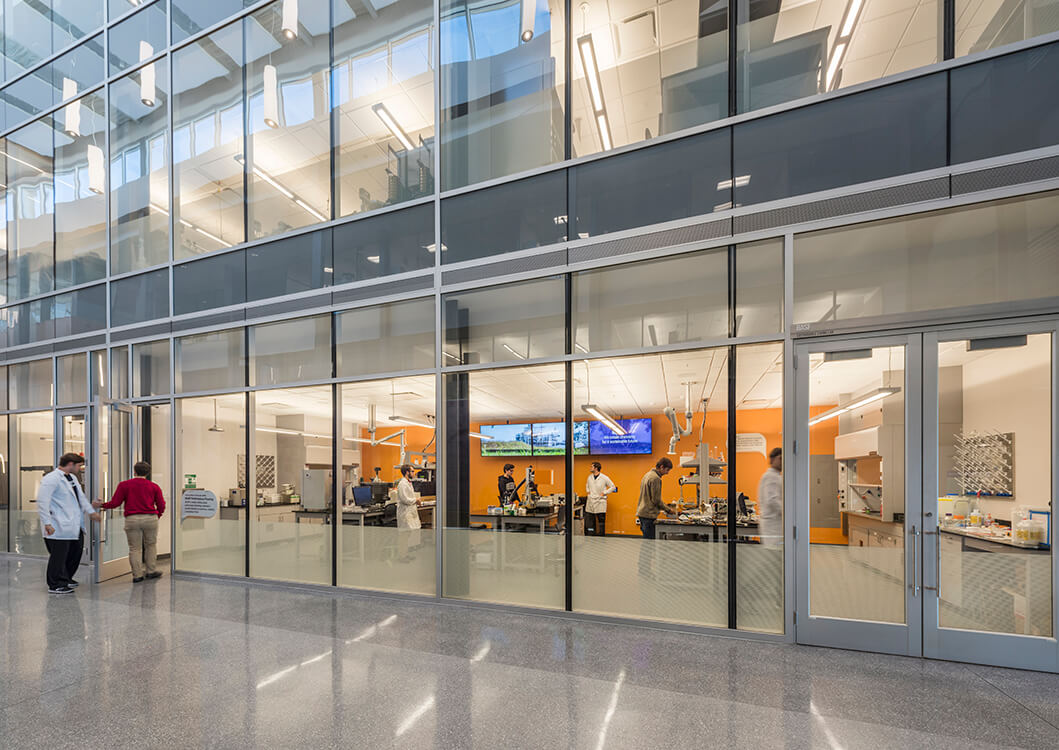
Roger Husser, LSU Assistant Vice President for Planning, Design and Construction
Not only is the building an innovative space that promotes problem-based teaching and research focused on sustainable solutions for global challenges, but it also boasts being the largest academic building on the LSU campus and one of the largest engineering buildings in the nation. The tour route includes dynamic teaching labs for chemical, mechanical, and petroleum engineering, and substantial atriums which serve multiple functions such as hosting student project exhibitions, industry days, and College celebrations. The atriums promote the idea of sharing the science within and encourage incoming students and guests to watch what is happening inside many of the teaching and research spaces.
Most classrooms are flat-floored, and A/V rich, designed to enhance flexibility and experiential learning. The student design experience is showcased at the core of the building where the Capstone competition takes place to challenge future design engineering professionals with goals, trials, and responsibilities beyond just the technical aspects of the profession. The student computational labs also surround this presentation staircase.
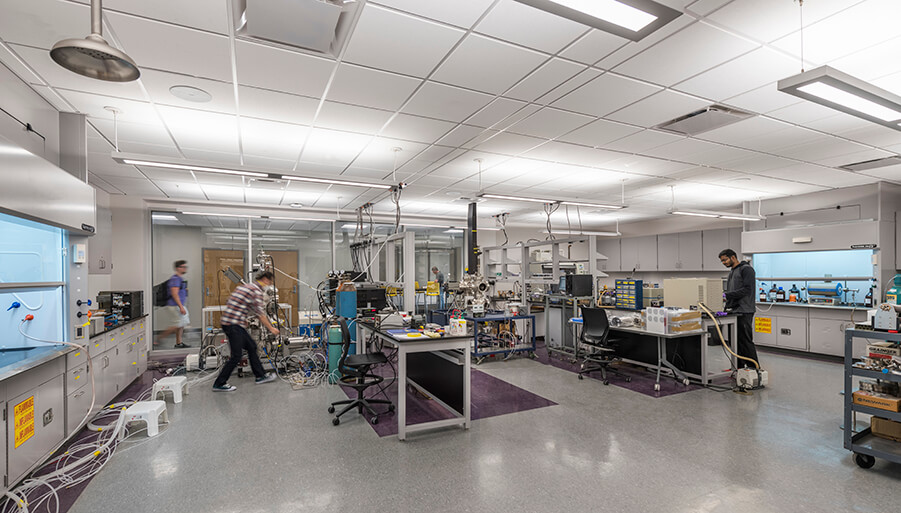
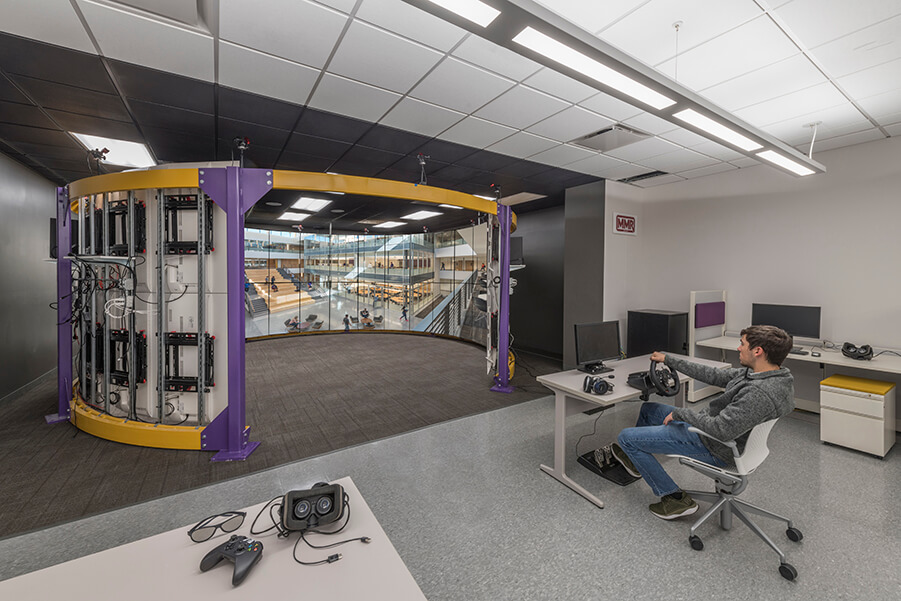
Our design focuses on collaborative spaces throughout the facility and provides common-access group study spaces to enhance the building’s reputation as an active, 24/7 learning hub. In the three years since the building’s completion, the College of Engineering has witnessed both a significant increase in program rankings (petroleum engineering is #2 in the US) and enrollment (20% increase in undergrad enrollment in the last five years).
